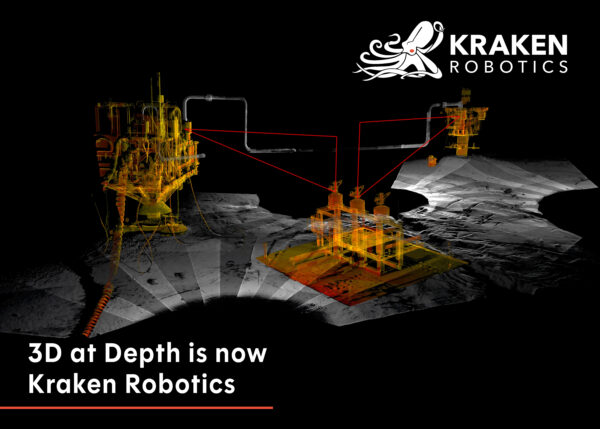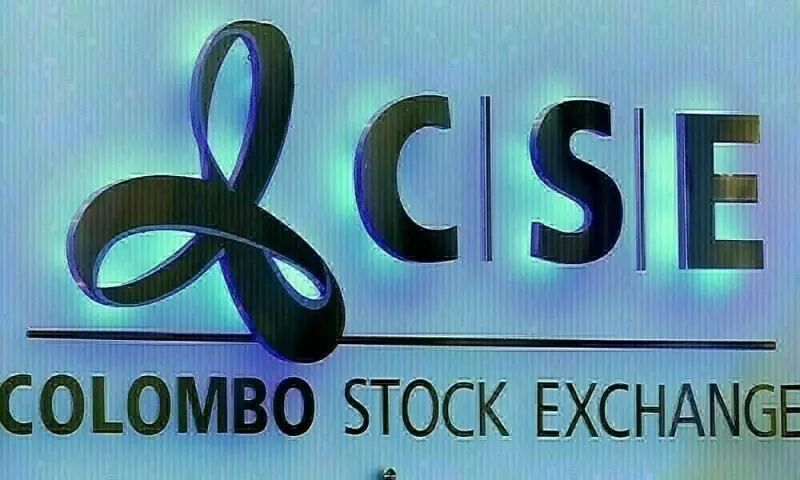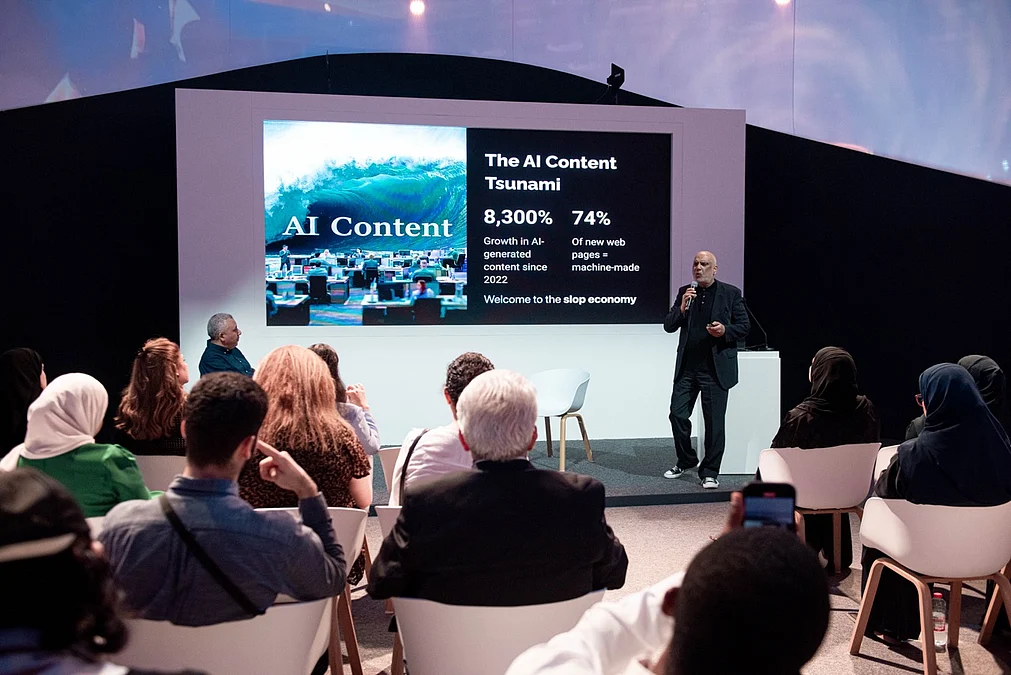
Artificial intelligence is entering its AI-native chapter, where software is no longer confined to the pace or resources of traditional enterprises. Instead, a wave of innovation is being fueled by developers who can build production-ready systems in days, reshaping how the industry defines competitive advantage.
What makes this moment distinct is the shift in the very language of programming. English has become the new interface, removing layers of complexity that once limited who could create powerful applications. That accessibility is flattening hierarchies, empowering entrepreneurs as much as established players and igniting a software explosion that challenges assumptions about speed, scale and ownership in the enterprise technology landscape, according to Pawel Czech (pictured), co-founder and chief executive officer of New Native Inc. and lablab.ai.
“The economy is growing and we see a lot of these single-person, two-person, six-person companies that solve a very specific problem,” Czech said “They thrive on a specific opportunity and they don’t need a big company to build the software. Before you needed millions, sometimes tens, hundreds of millions of dollars to build the software stack. Today, it turns out you don’t.”
Czech spoke with theCUBE’s John Furrier at theCUBE + NYSE Wired: AI Factories – Data Centers of the Future event, during an exclusive broadcast on theCUBE, SiliconANGLE Media’s livestreaming studio. They discussed New Native and lablab.ai’s AI-native community and the competitive market for AI companies.
Driving AI-native innovation
New Native brings together AI-native builders, with the goal of supporting AI initiatives across the industry. For an application to be “AI-native,” it needs to have code that can be changed and adopted using AI systems, according to Czech. He takes the concept of “prompt to software” — getting gen AI to generate a piece of software based on a single prompt — and reframes it as “event to software.”
“Imagine a situation that you can create software based on a specific need or an event, so event-driven software,” he said. “It’s created in real time, dynamically, based on your specific requirements. Potentially, it creates a market dynamically in real time to acquire the compute. Once the software isn’t needed anymore, it can run in the background, or it can basically be dormant until you need it again.”
With companies already spending billions on data centers, the question of cost-efficiency looms over AI. The best way to optimize AI workloads, Czech believes, is to remain agnostic about which model is used. That means detaching the application layer from the model layer and labelling and preparing the data so that it’s native to AI models.
“We are seeing these intent-driven systems come to life,” he added. “[A] very good example is when OpenAI removed the model selection. The system actually goes down and selects the most optimum cost per token model. It just says GPT-5 but it might be running a variety of other models underneath that are specific to your use case”
As part of lablab.ai’s AI initiatives, Czech recently launched hackathons with ElevenLabs Inc., Coral Protocol, Mistral AI SAS, Crossmint Inc. and Nebius B.V., with Solana Labs Inc. hosting. The goal is to build 100 production ready agentic systems in five days.
Part of Czech’s vision for New Native and lablab.ai is to drive innovation for AI at the edge, though he predicts there will be a mix of edge devices and large-scale data centers to support the new AI economy. Another component, he adds, is which AI companies’ designs will succeed in capturing the public’s favor, Czech noted.
“Equal opportunity does not mean equal outcome,” he said. “It’s still extremely important to have the craft of the individual. You just have to have taste. Tasteful products outperform bad products. This idea of taste is unquantifiable today to many. I don’t know if we already have AI systems that we could attribute taste to.”
Here’s the complete video interview, part of SiliconANGLE’s and theCUBE’s coverage of theCUBE + NYSE Wired: AI Factories – Data Centers of the Future event:
Photo: SiliconANGLE



